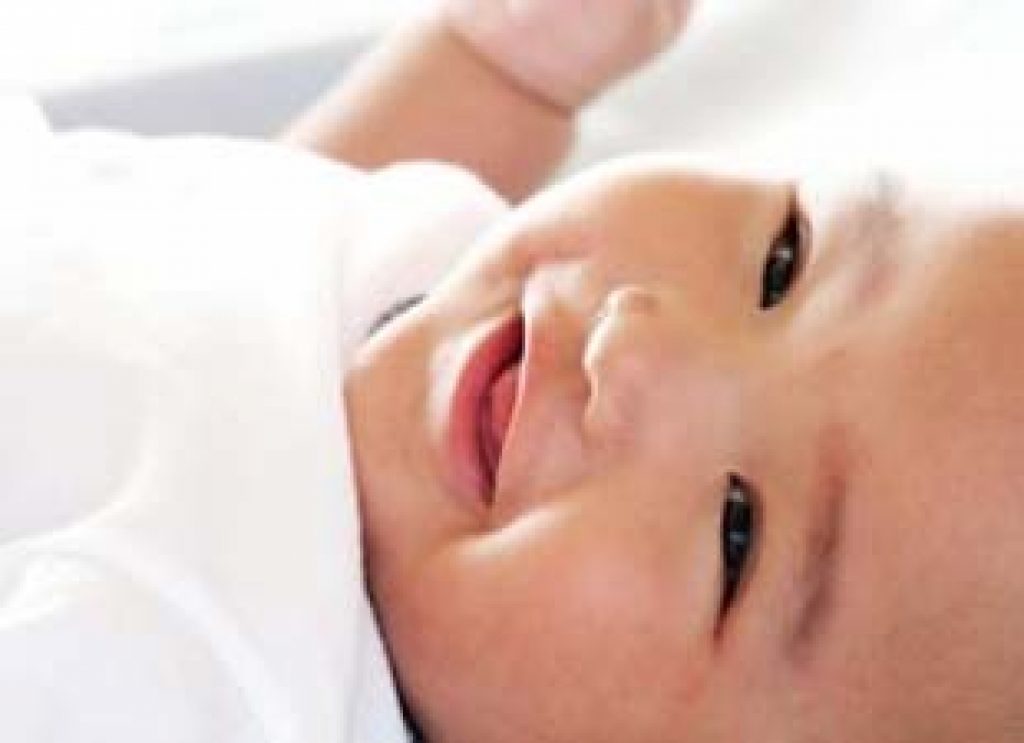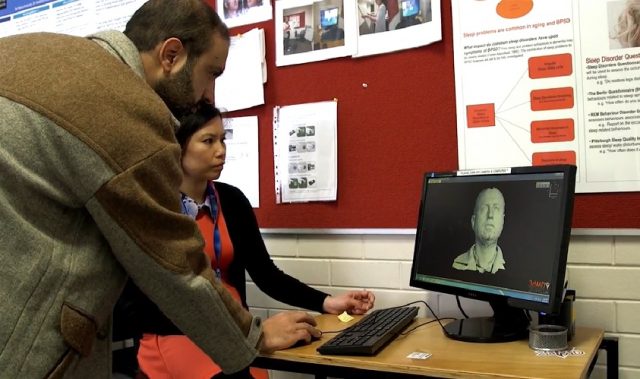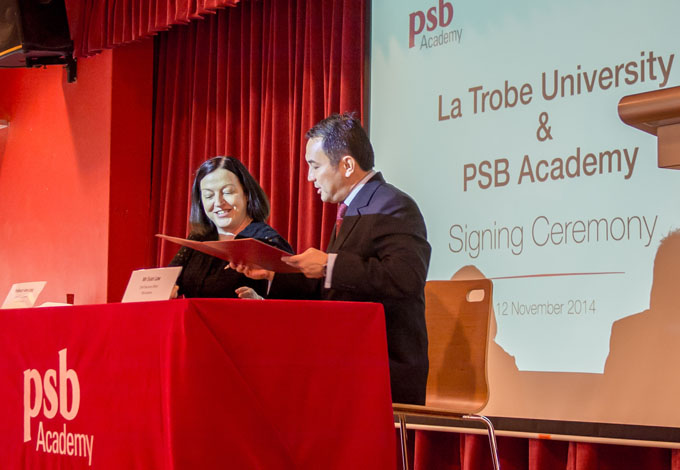
AsianScientist (Jan. 31, 2012) – Measuring how a baby’s brain reacts to shifts in eye contact could aid in predicting autism symptoms from as young as six months, a new study in Current Biology has found.
While behaviors characteristic of autism spectrum disorders (ASD) may emerge over the first few years of life, a firm diagnosis using existing methods can usually only be made after the age of two.
As a result, most autism research has concentrated on children above two years, and researchers still know very little about the very earliest symptoms and signs.
In this study, La Trobe University psychologist Dr. Kristelle Hudry and her British colleagues studied six- to ten-month-old babies who were at risk of developing autism because they had a sibling with the condition.
The researchers placed sensors on the babies’ scalps to register their brain activity while they viewed videos of faces that switched from looking at them to looking away, or vice versa.
Instead of showing the characteristic patterns of brain activity in response to eye contact with other people, babies who were later diagnosed with autism showed unusual patterns of eye contact and atypical brain responses during the test, well before the emergence of behavioral symptoms.
”The new study reveals that the brains of young infants who will go on to develop autism already process social information in a different way. At this age, no behavioral signs of autism are yet evident, and so measurements of brain function may be a more sensitive indicator of risk,” said lead investigator Professor Mark Johnson of the University of London.
Although this method may allow doctors to identify autistic individuals at an earlier age, Prof. Johnson cautioned that further refinement is necessary before it may be used in clinical diagnosis.
The article can be found at: Elsabbagh M et al. (2012) Infant Neural Sensitivity to Dynamic Eye Gaze Is Associated with Later Emerging Autism.
——
Source: LaTrobe University.
Disclaimer: This article does not necessarily reflect the views of AsianScientist or its staff.












